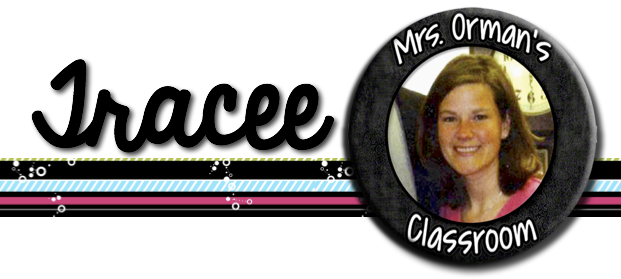Implementing the Common Core State Standards doesn't have to be difficult, though many teachers may be intimidated by the language used. For instance, we used to categorize our writing prompts by "persuasive," "expository," and "narrative." The Common Core State Standards changes the wording to: "opinion," "informative/explanatory," and "narrative" for grades K-5 and "argument," "informative/explanatory," and "narrative" for grades 6-12. But that doesn't mean that the writing process or the types of prompts need to be changed.
Persuasive vs. Argument Writing
So what's the difference between persuasive writing and writing an argumentative paper? Both rely on the opinion of the writer. An argument, however, uses facts and data to support the opinion expressed. Students need to research to find evidence rather than rely on opinion alone to support their opinion (or "claim").Research can be a daunting task, especially for middle school students. I created a student-friendly argument guide you can share with your classes.
In ninth grade, students are required to address the opposition's opinion, which is called the "counterclaim." My students struggled with this at first, but after explaining it and showing them examples, they grasped it and had no problem writing their essays.
I created two more detailed products to help you teach argument writing and practice the skills with your students.
My Argument Writing for Grades 6-12 pack includes the student guide, teacher's guidelines, handouts, and grading rubrics (all aligned with the Common Core State Standards for Argumentative Writing). It has over 60 pages of visually-stimulating and student-friendly graphics to explain each part of the essay process, including citations.
For high school teachers, I have an even more detailed guide that includes alignment with the PARCC guidelines for quarterly assessments.
You can purchase these resources, plus many more in my teacherspayteachers store. And the best part? You can get them on sale (30% off) Thursday and Friday! Use the promo code TPT3 at checkout!
Thanks for stopping by my blog!





